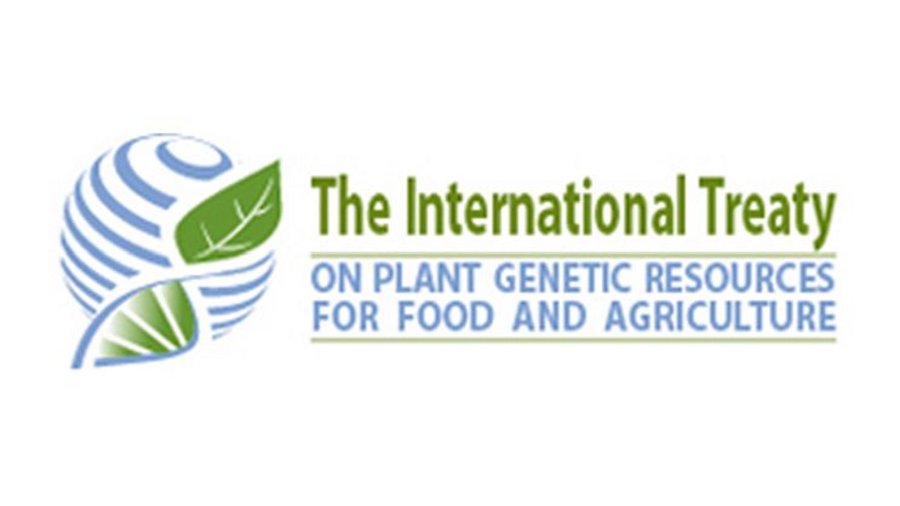
The main content of this page starts here

No country is autonomous in providing plant genetic resources for food and agriculture (PGRFA), which are the key to food security and adaptation of agriculture to climate change. The international community has therefore decided on a central instrument to conserve these resources, promote their sustainable use and ensure both access to resources and equitable sharing of benefits: In 2001, the 31. Conference of the United Nations Food and Agriculture Organization (FAO) adopted the International Treaty on Plant Genetic Resources for Food and Agriculture ("International Treaty").
The International Treaty entered into force in July 2004 and constitutes a binding international agreement. The Contracting Parties have agreed to conserve, characterize and evaluate plant genetic resources occurring in nature (in situ), in farmers’ fields (on farm) and in genebanks (ex situ) and to ensure their sustainable use. The International Treaty highlights the extraordinary contribution farmers have made to the development and conservation of plant genetic resources. The benefits of this use are to be shared fairly through the exchange of information, technology transfer and capacity building in developing countries. A Governing Body, composed of representatives of all Contracting Parties, monitors and supervises the implementation of the International Treaty. Important elements of the International Treaty include Farmers Rights, the Multilateral System of Access and Benefit Sharing (MLS) and the Global Information System (GLIS).
The core of the International Treaty on Plant Genetic Resources for Food and Agriculture is the Multilateral System (MLS). It includes PGRFA of 35 food and 29 forage plant species "under the management and control of the Parties and publicly available", as well as the collections in the genebanks of CGIAR research centres and other international institutions that have concluded agreements with the Governing Body under Article 15 of the International Treaty. In addition, the MLS is open to other partners, as well as legal entities and natural persons from Contracting Parties. The MLS facilitates access to plant genetic resources and the equitable sharing of the benefits arising from their use based on a standardized material transfer agreement (SMTA). Access is granted only for the purpose of use and conservation in research, breeding and training for food and agriculture. Fair sharing of benefits from use can be achieved through information exchange, access to and transfer of technology, capacity building and sharing of the financial and other benefits of marketing.
More information about access and equitable benefit sharing here.
Article 17 of the International Treaty provides for cooperation between the Parties to develop a Global Information System (GLIS) to facilitate the exchange of information on scientific, technical and environmental issues relating to PGRFA, based on existing information systems. In 2015, the Governing Body of the International Treaty formulated its vision as follows and developed a work plan to this end: GLIS integrates and strengthens existing information systems, thus creating a global access point to information and knowledge in order to strengthen the capacities for the conservation, management and use of PGRFA. With the support of the German government, the IT infrastructure for GLIS was established and standards for the identification and documentation of PGRFA were developed. Digital Object Identifiers' (DOIs) are intended to help identify samples of plant genetic resources clearly and permanently. Each sample in GLIS is assigned a DOI. Among other things, this should make it easier for users worldwide to link research results of different institutions and thus exchange further findings on the same genetic material. A scientific advisory committee advises the Governing Body in the development of GLIS. The Treaty Secretariat offers a free service to receive DOIs for PGRFA samples.